Over the last few weeks I have been working with members of the research team, PolarTREC staff, and communications representatives from CH2MHill Polar Services (CPS) to figure out the most dependable and effective Internet connection accessible from our remote field site near the glacier Mulajokull. This is an absolutely imperative component of logistics for me to figure out now because all of my journaling and outreach from the field will rely on this connection. From what we have gathered, I should have some rather solid access to Icelandic 2G and 3G networks through a company called Siminn using a simple USB 3G modem.
Check out their coverage map. Mulajokull is an outlet glacier near the center of Iceland on the south side of the Hofsjokull Ice Sheet. Siminn 3G Coverage Map
Whew. Glad we got that covered. Just plug this magic USB stick into my laptop and BAM!, instant delivery of high-speed internet to one of the most remote locations in all of Iceland. Easy enough, right? Well...hopefully. But in all reality, it's possible I may run into some problems and need to do some troubleshooting.
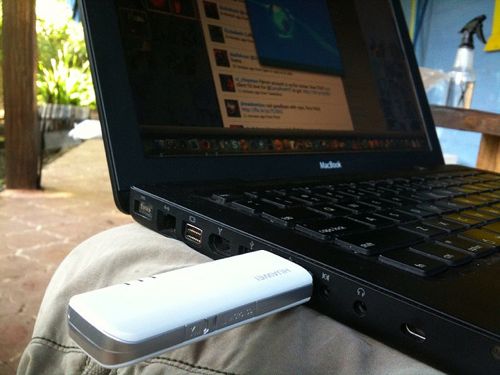
I used to live off the grid in a remote community of Alaska for a few years during the summers, many miles and hours from the nearest city. If there is one thing I learned from my time there, it is to always be prepared for wrenches in the system. From solar panel inverters that didn't match their instruction manual directions, to satellite internet systems that worked seemingly when they were in the mood to, accessing what is otherwise commonplace communication connections from remote settings is always more difficult than expected. I am preparing for this now by learning as much about the Siminn 3G Mobile Broadband as I possibly can.
But what exactly is 3G? How does it work? Practically every Smartphone and mobile electronic device out there uses it (or now, the even faster 4G LTE), so how is information actually sent and received? Here's the deal:
3G stands for Third Generation. It is the third major development in mobile telecommunication technologies that utilize radio waves (electromagnetic waves of energy) to transmit digital information around the globe, and is also referred to as the UTMS (Universal Mobile Telecommunications System). Research and development on these kinds of communication technologies began in the 1980s's by the International Telecommunications Union, and ultimately led to the first pre-commercial 3G networks to begin service in 1998.
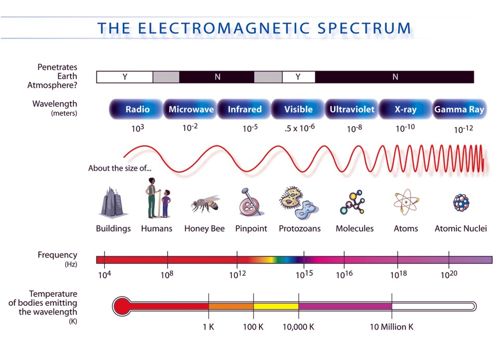
For something we all typically take for granted (while texting pictures to our friends and family about really important things like where the dog decided to take a nap today), it provides us with a wonderful example of how science and technology are truly interdependent, with advances in one leading to advances in the other.
This positive feedback of research and development in telecommunication technologies has allowed 3G (and the most recent 4G LTE) networks to become much more highly evolved when compared to their ancestors. Take a look, I'm sure some of these are familiar to you:
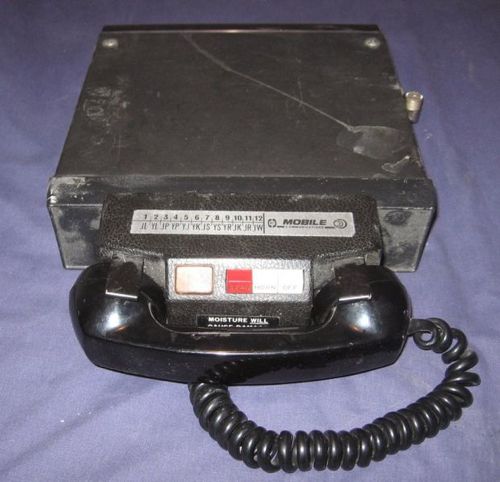
[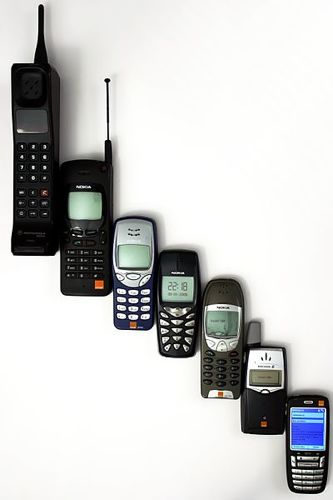
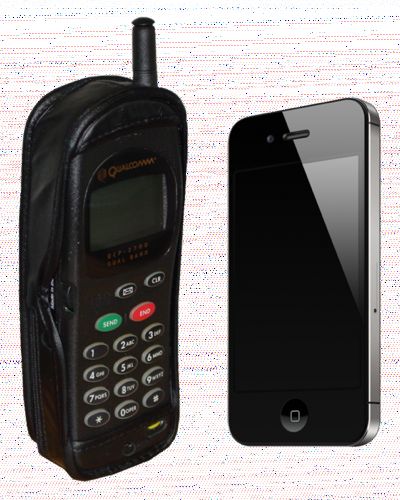
Using the Siminn 3G Broadband network, the text, photos, and maybe even videos from my journal entries should be transmitted to the rest of the globe through a set of Base Stations and Network Subsystems. If all goes according to plan while I upload my content to the web, the Base Stations and Network Subsystems will use an intricate system of antennas and other signal interfaces to redirect radio waves coming out of my USB 3G modem all the way to the wireless router in your home or office at the speed of light; literally.

I am really only just breaking the surface on how impressively fast and advanced this technology is, but I wanted to give readers at least a little insight on how exactly I am going to be able to communicate from such a remote location. Thanks to the dedication and ongoing determination of scientists and engineers in the telecommunications industry, it may not turn out to be so hard after all.
Let's just cross our fingers that the USB 3G modem works as planned, because if not, I may be relying on an older and slightly less scientific technology to connect with you all this summer:
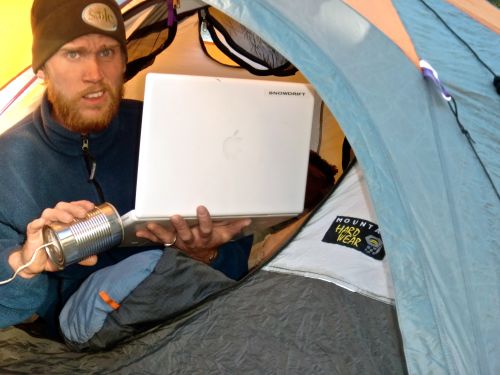
Much more to come on the Virtual Base Camp now that school is out, so sign-up for the free Journal Subscription and stay tuned all summer long by receiving an email each time I upload!
Next time I am going to dive deeper into the glacier Mulajokull, and why the team of scientists I am joining is headed there this summer. Cheers!


Comments